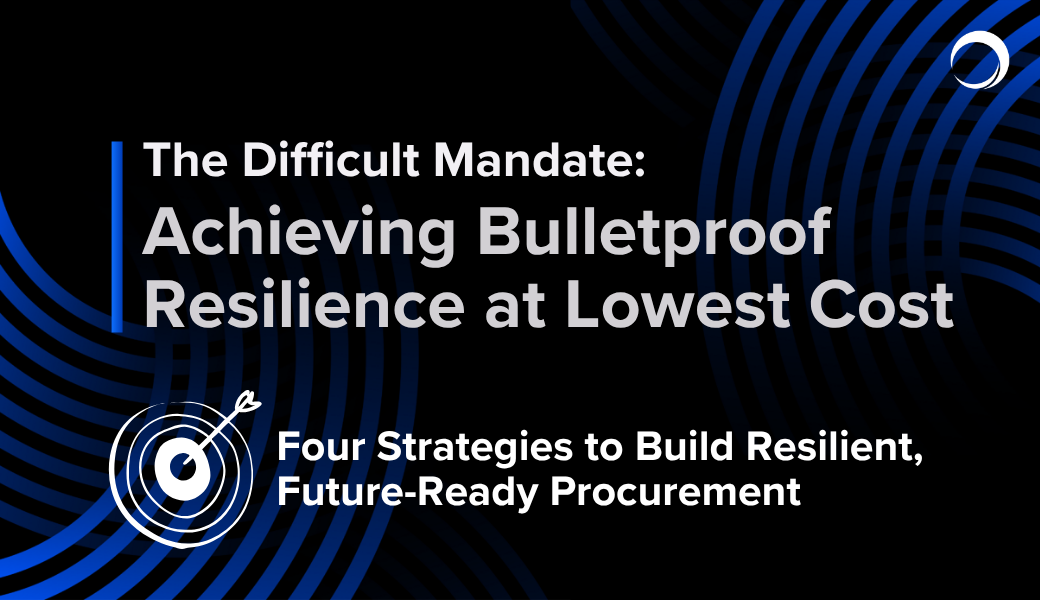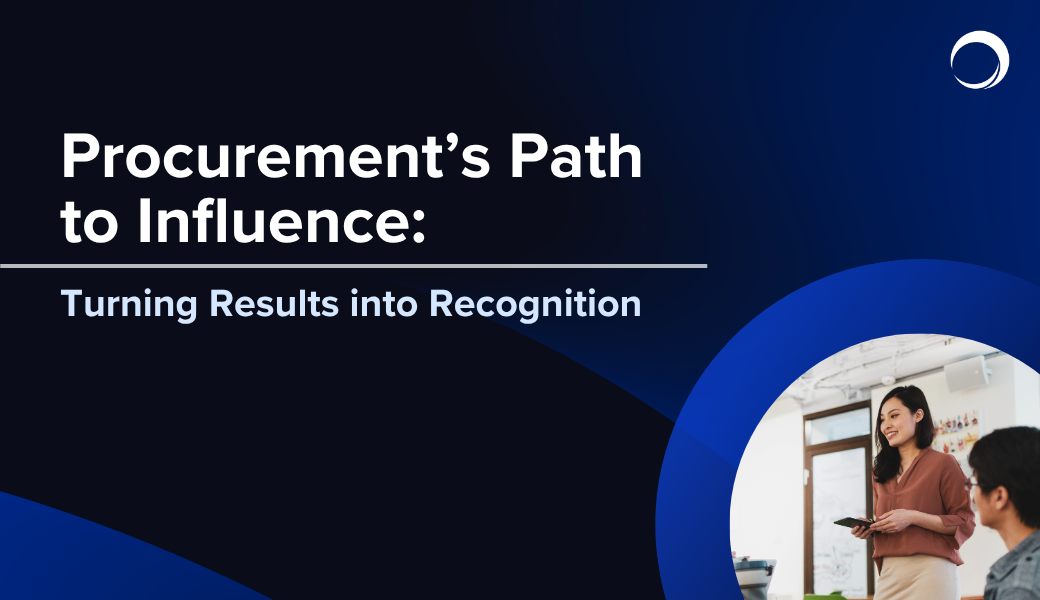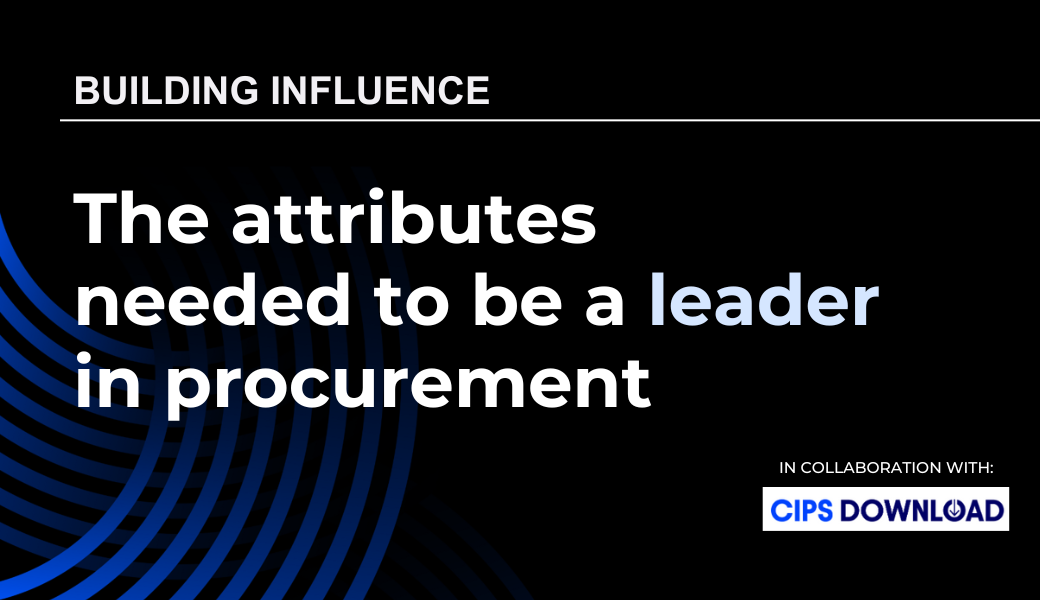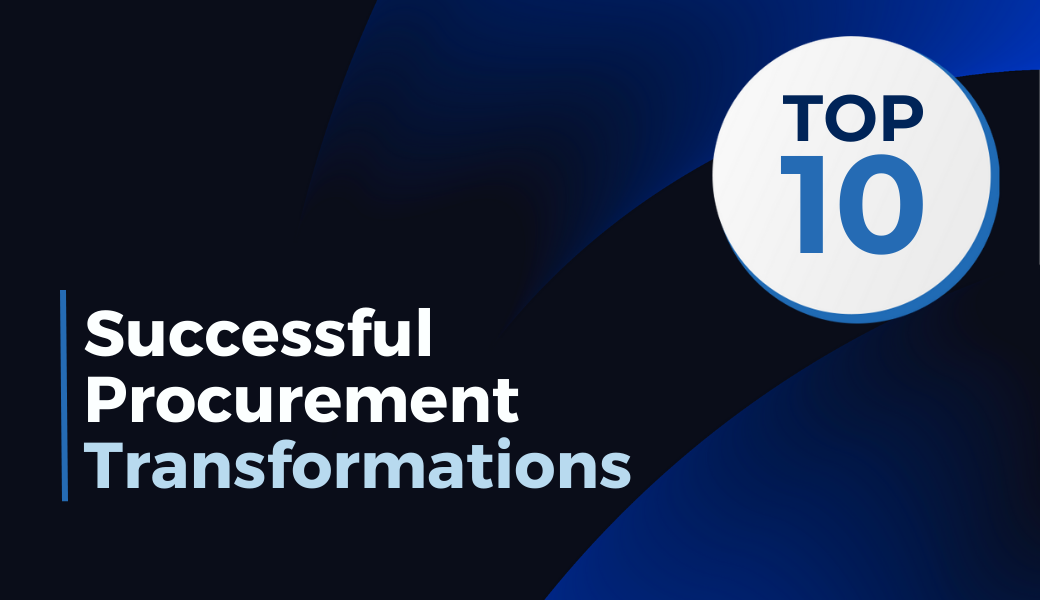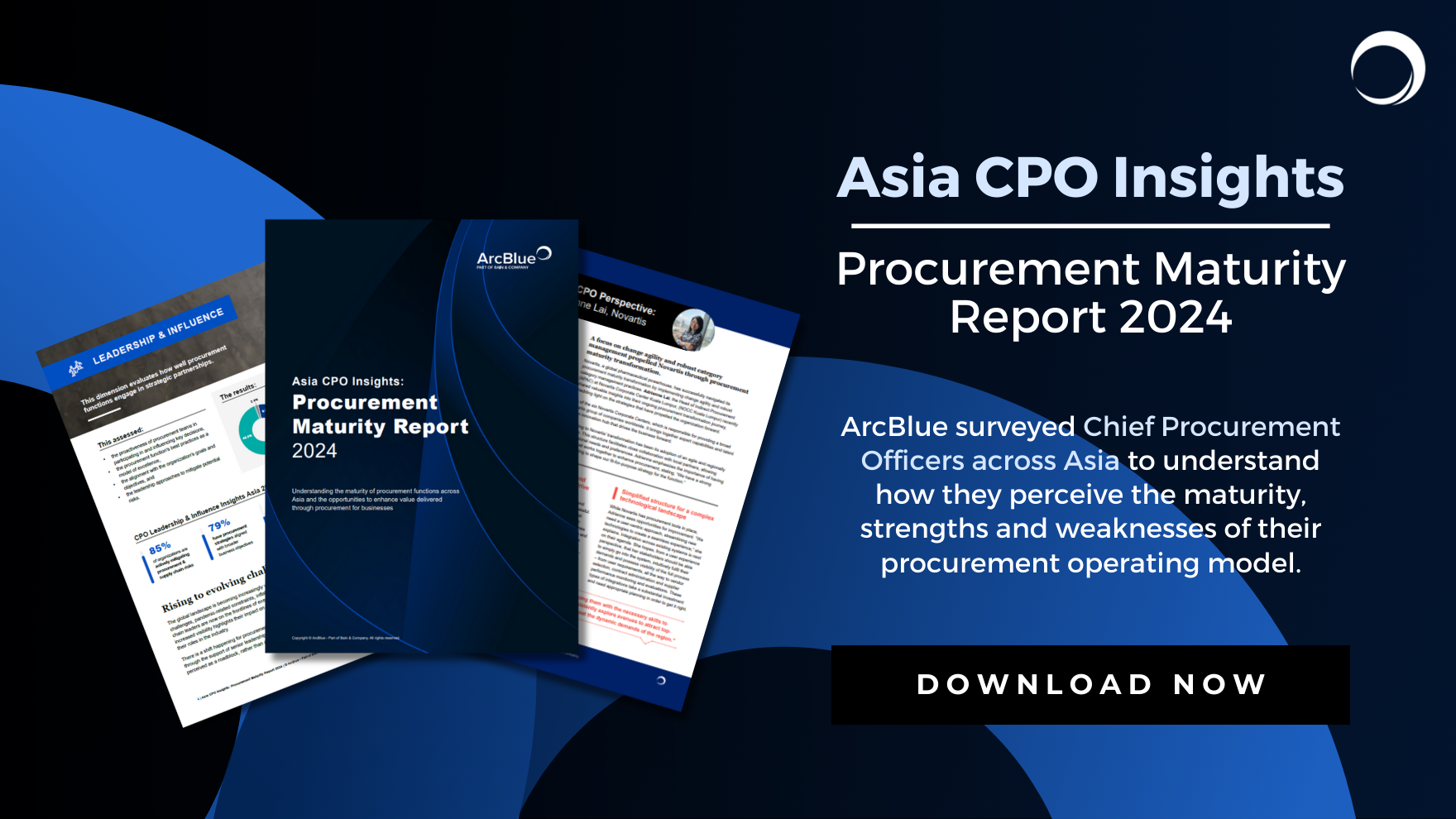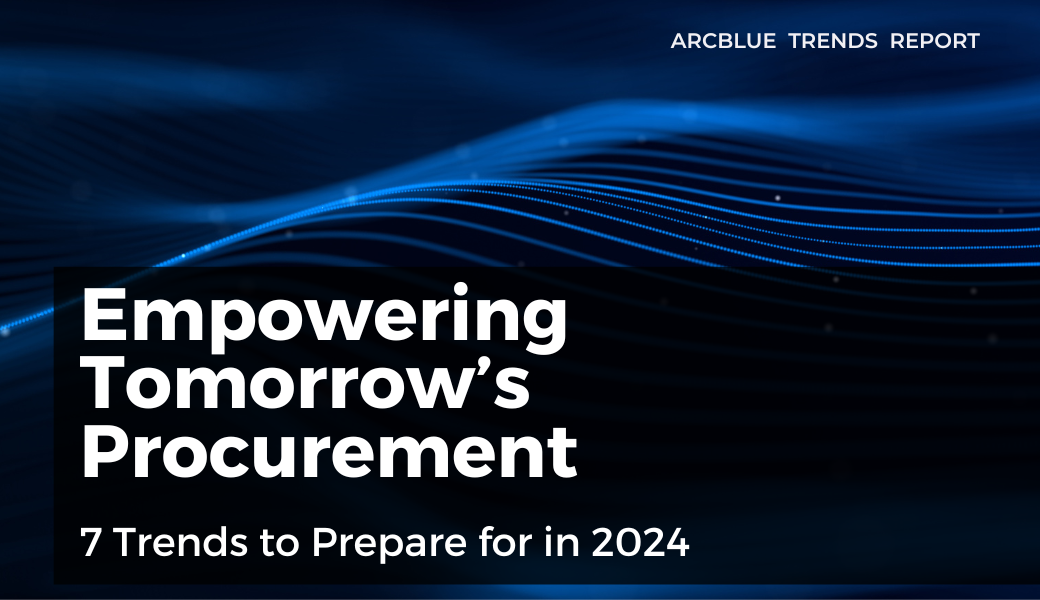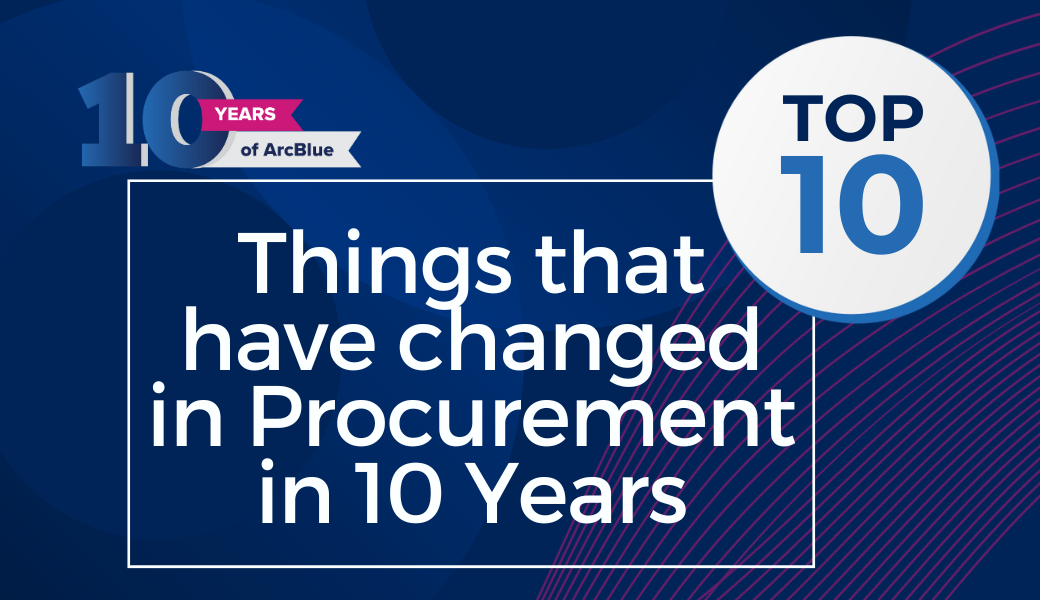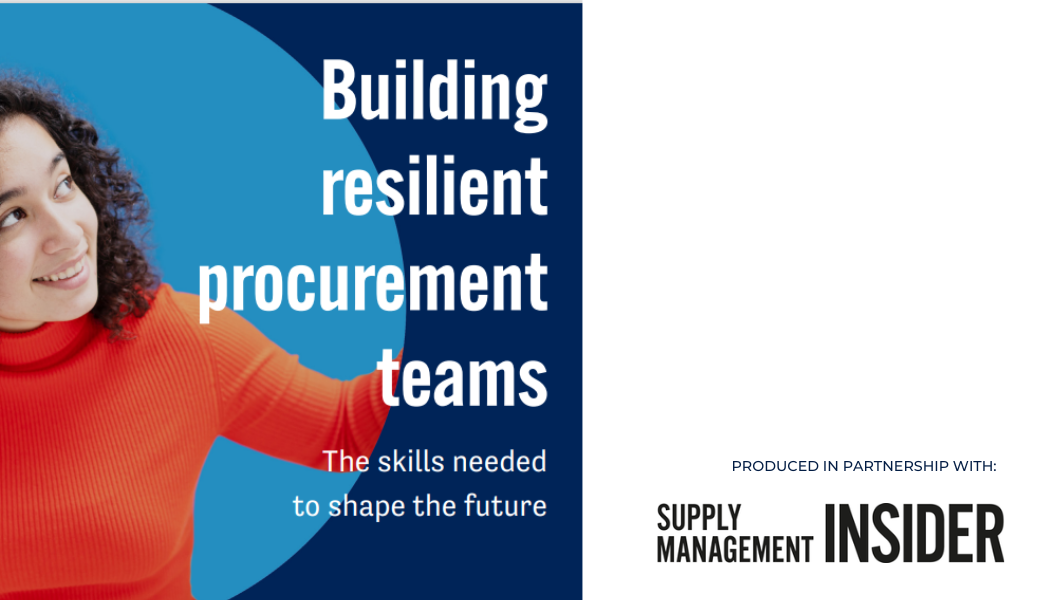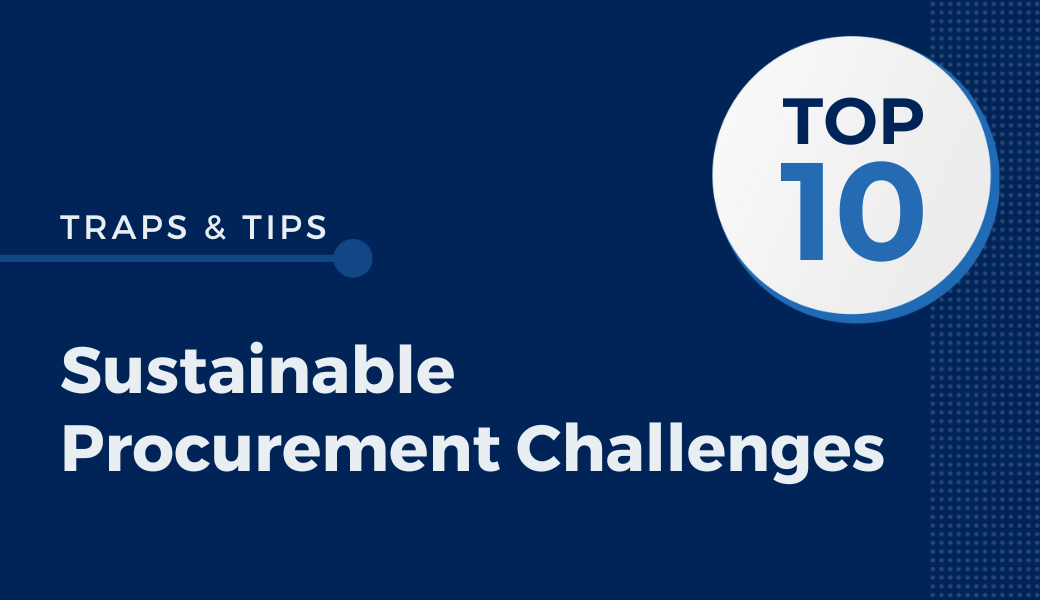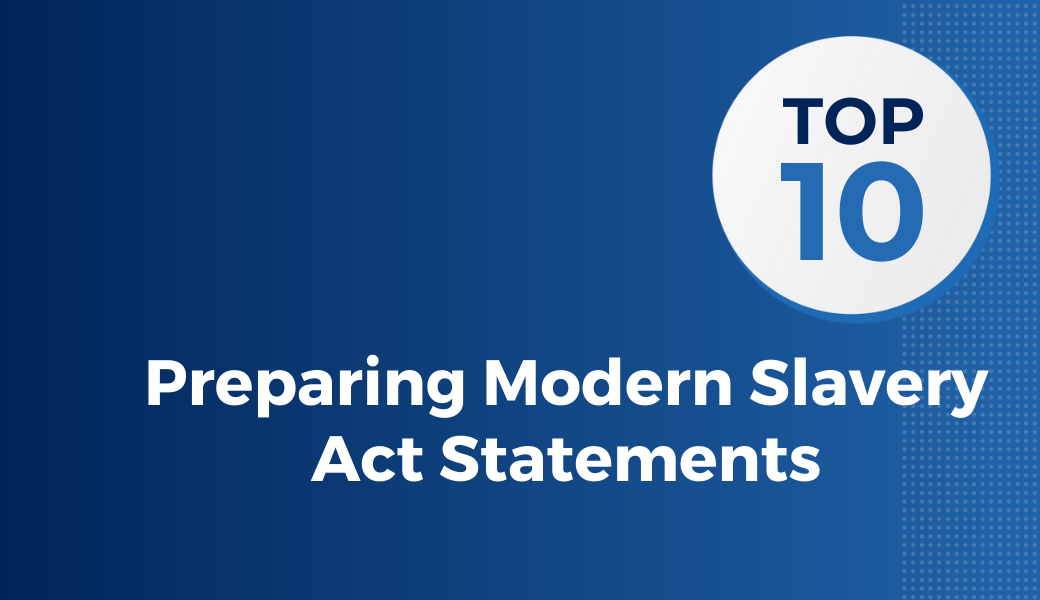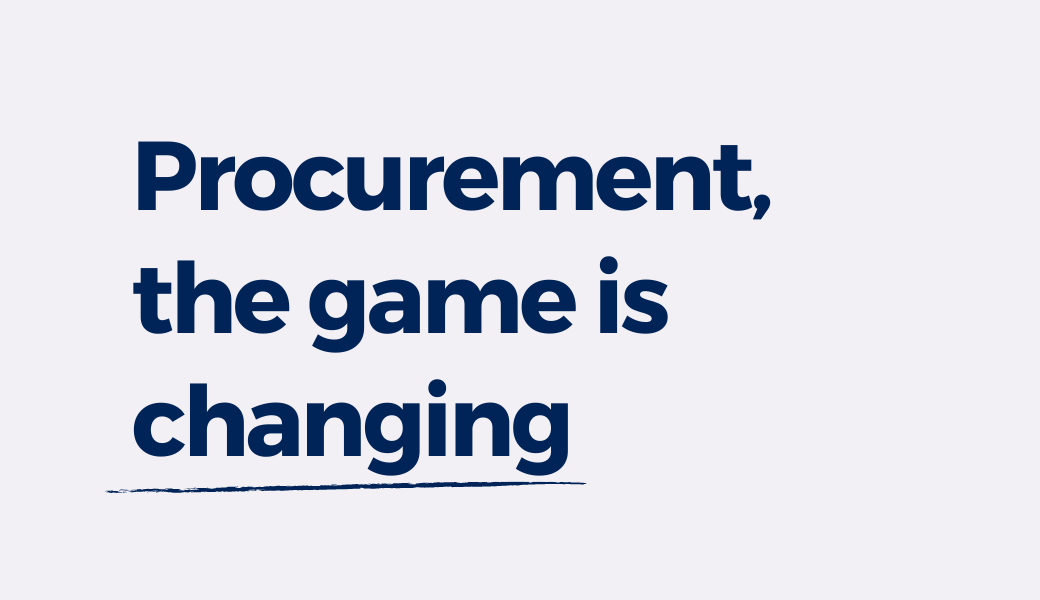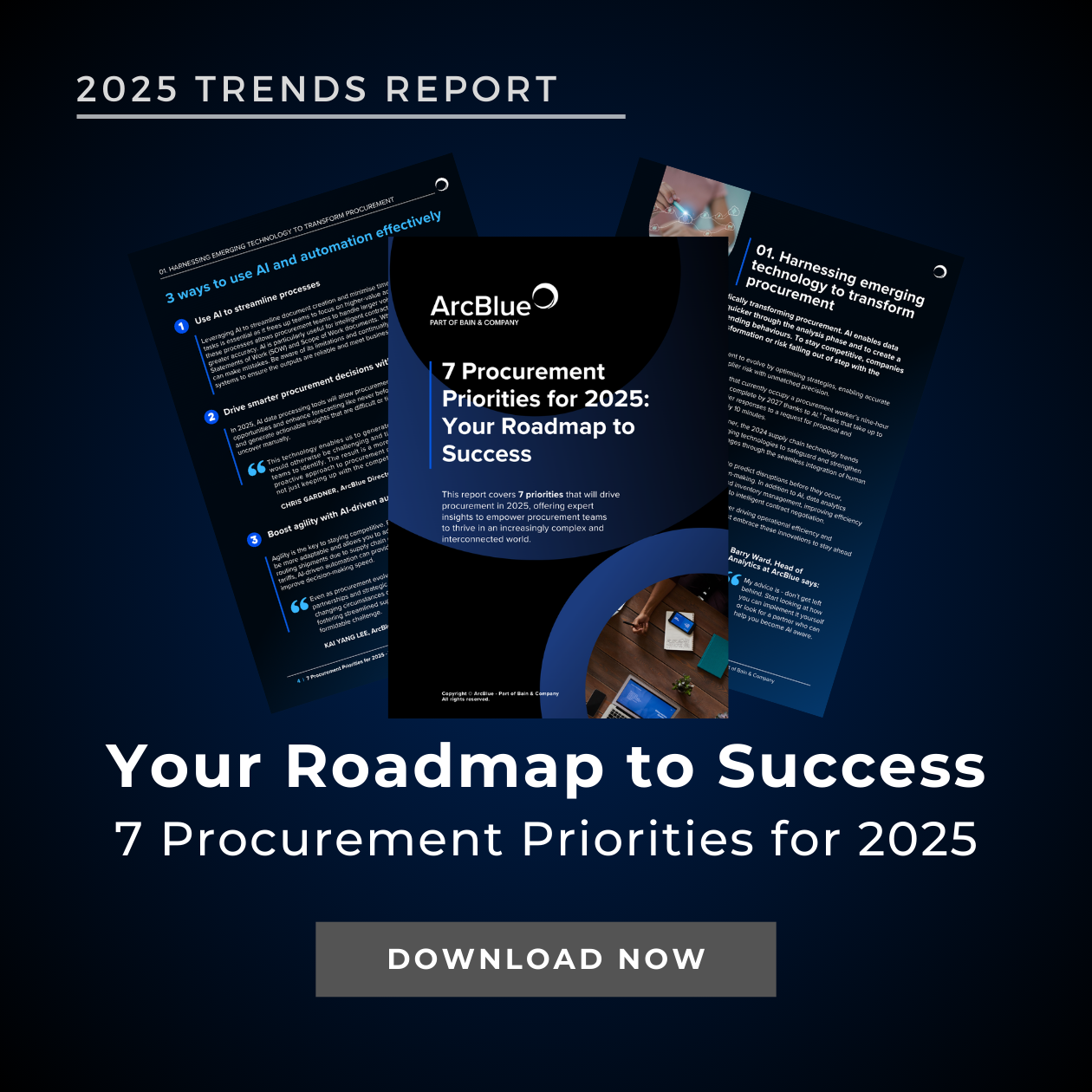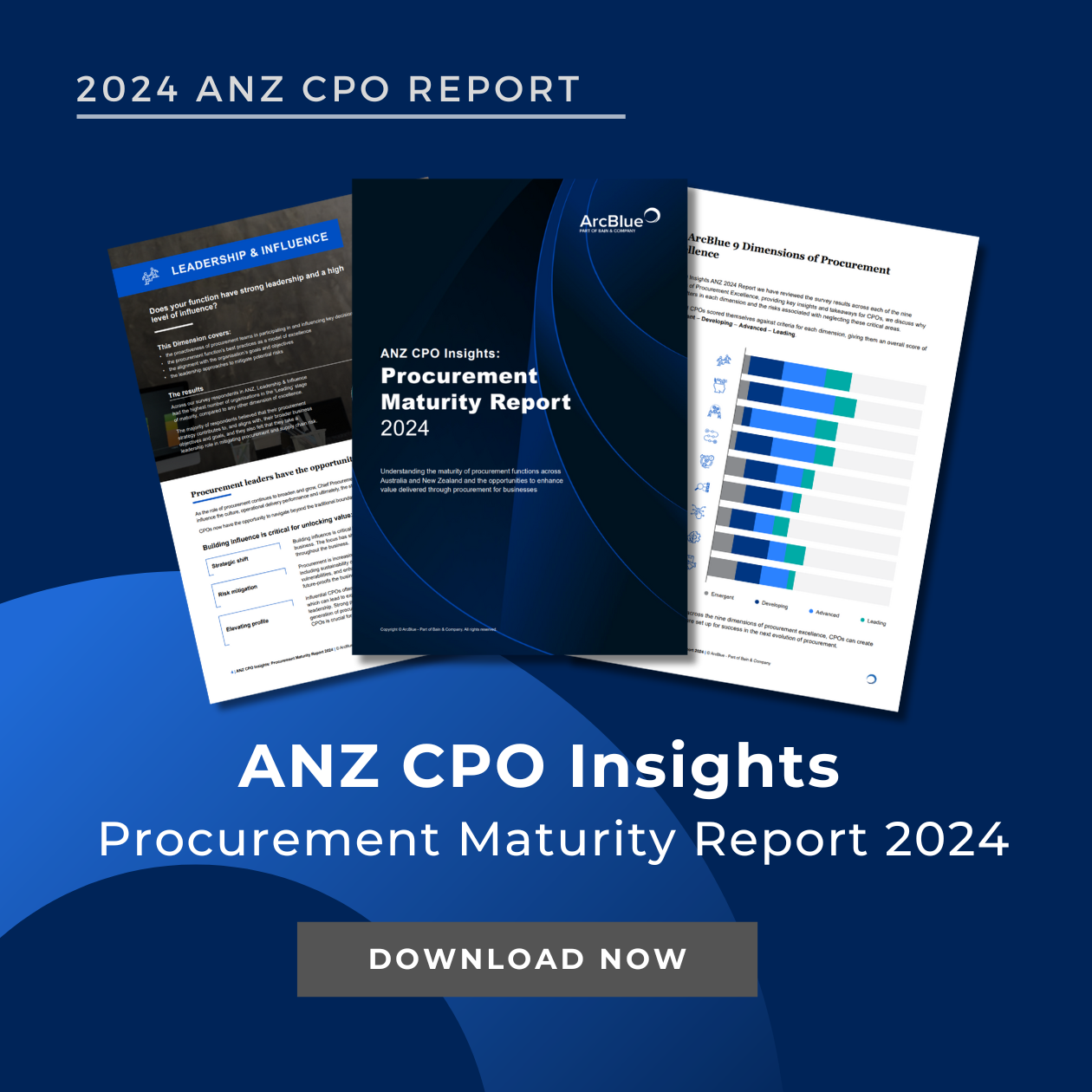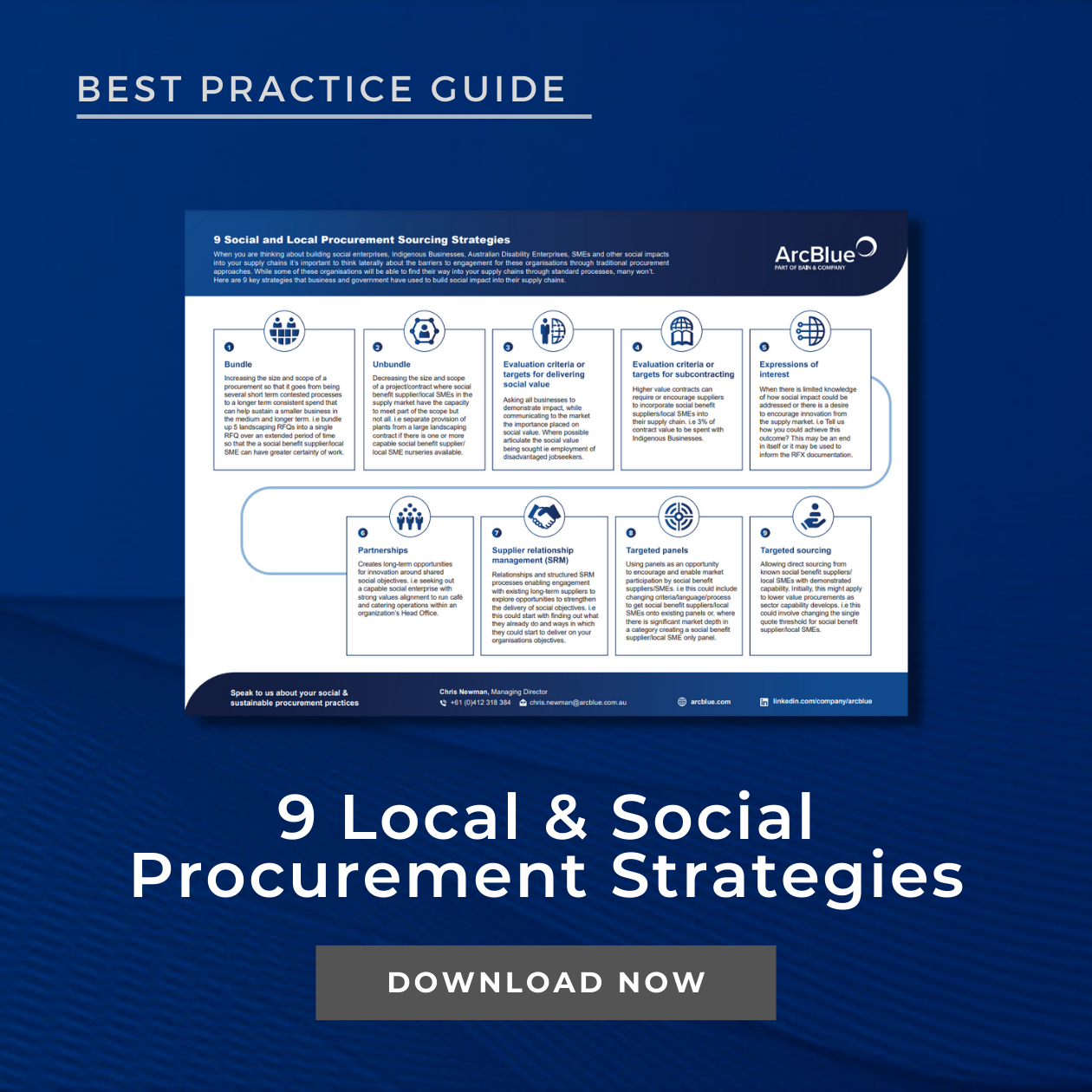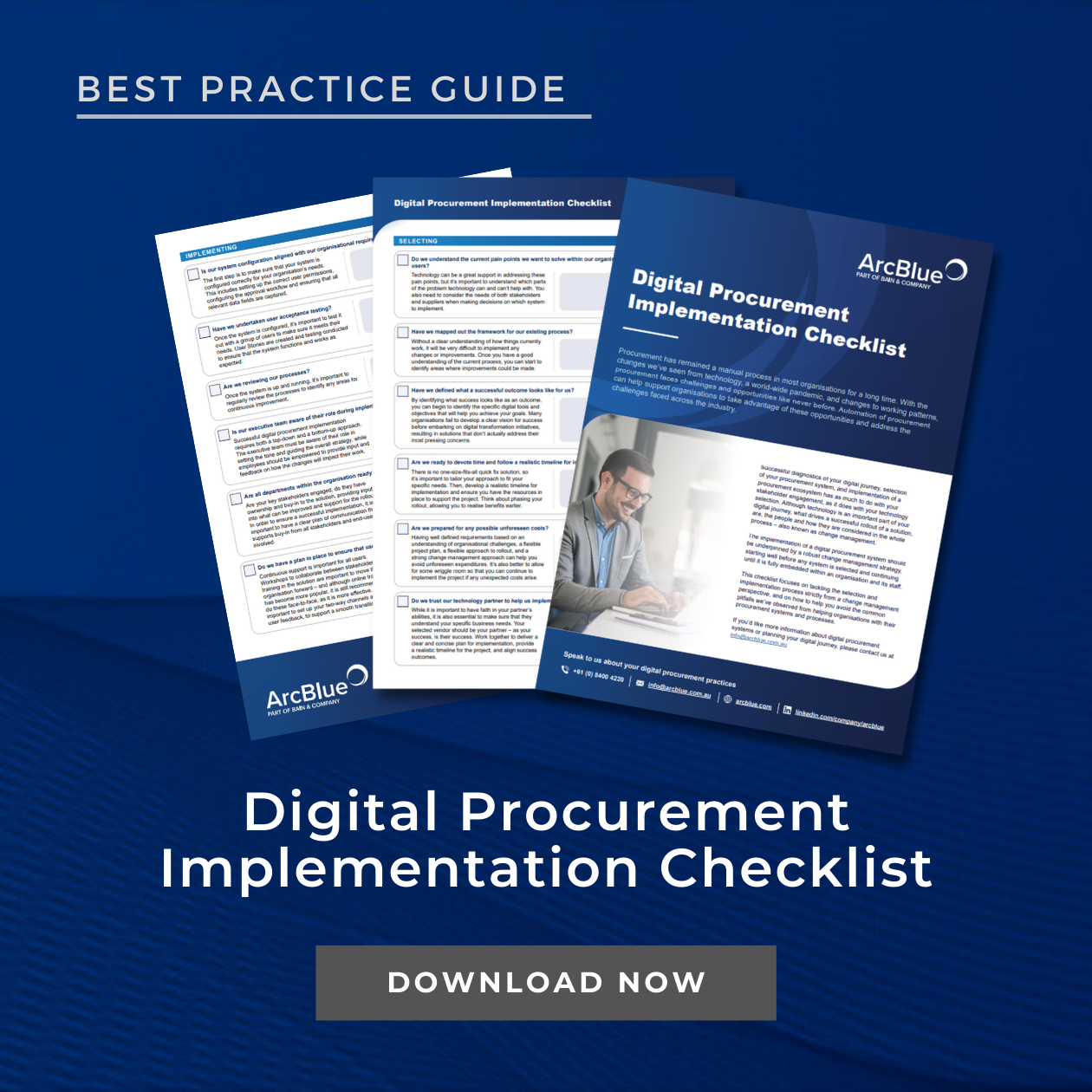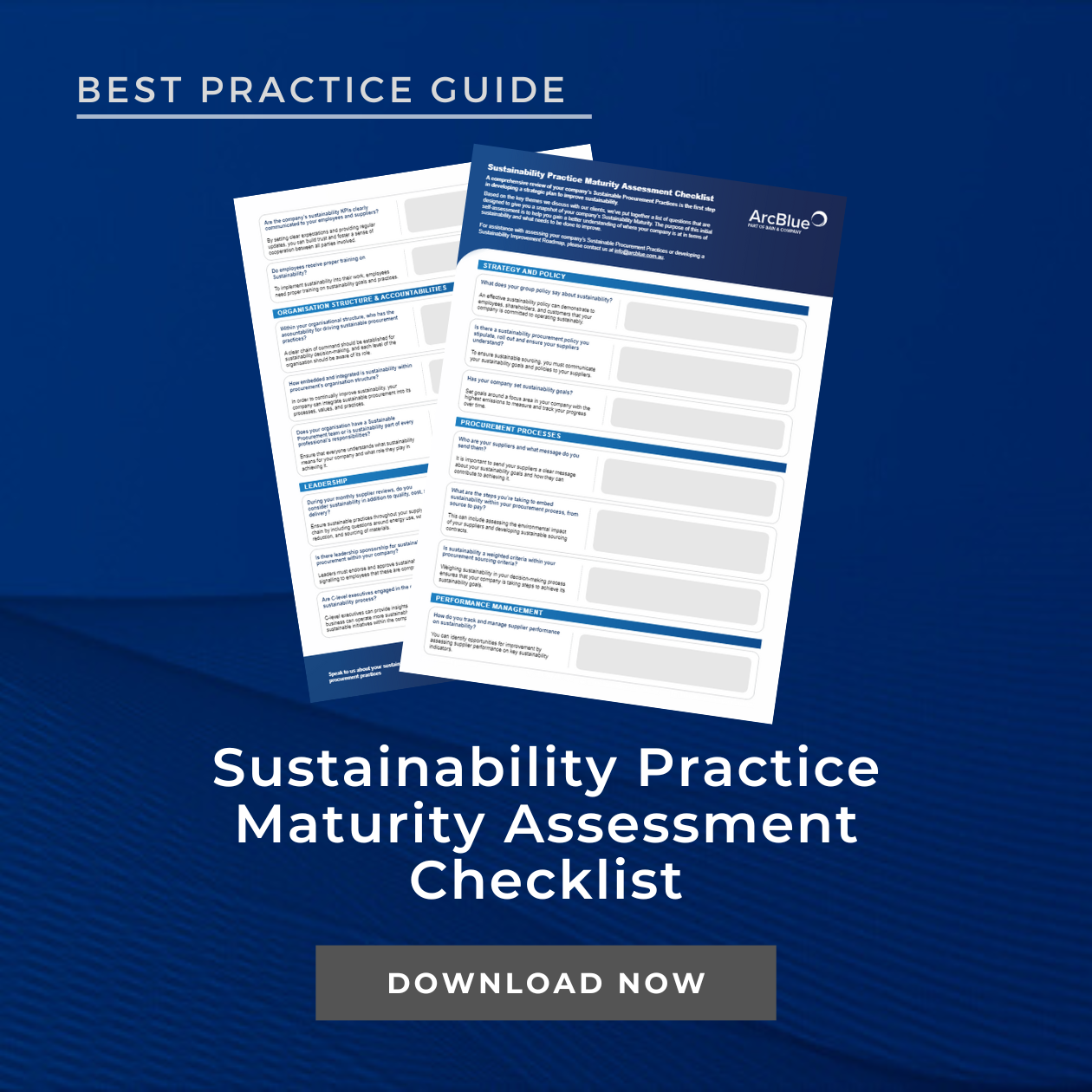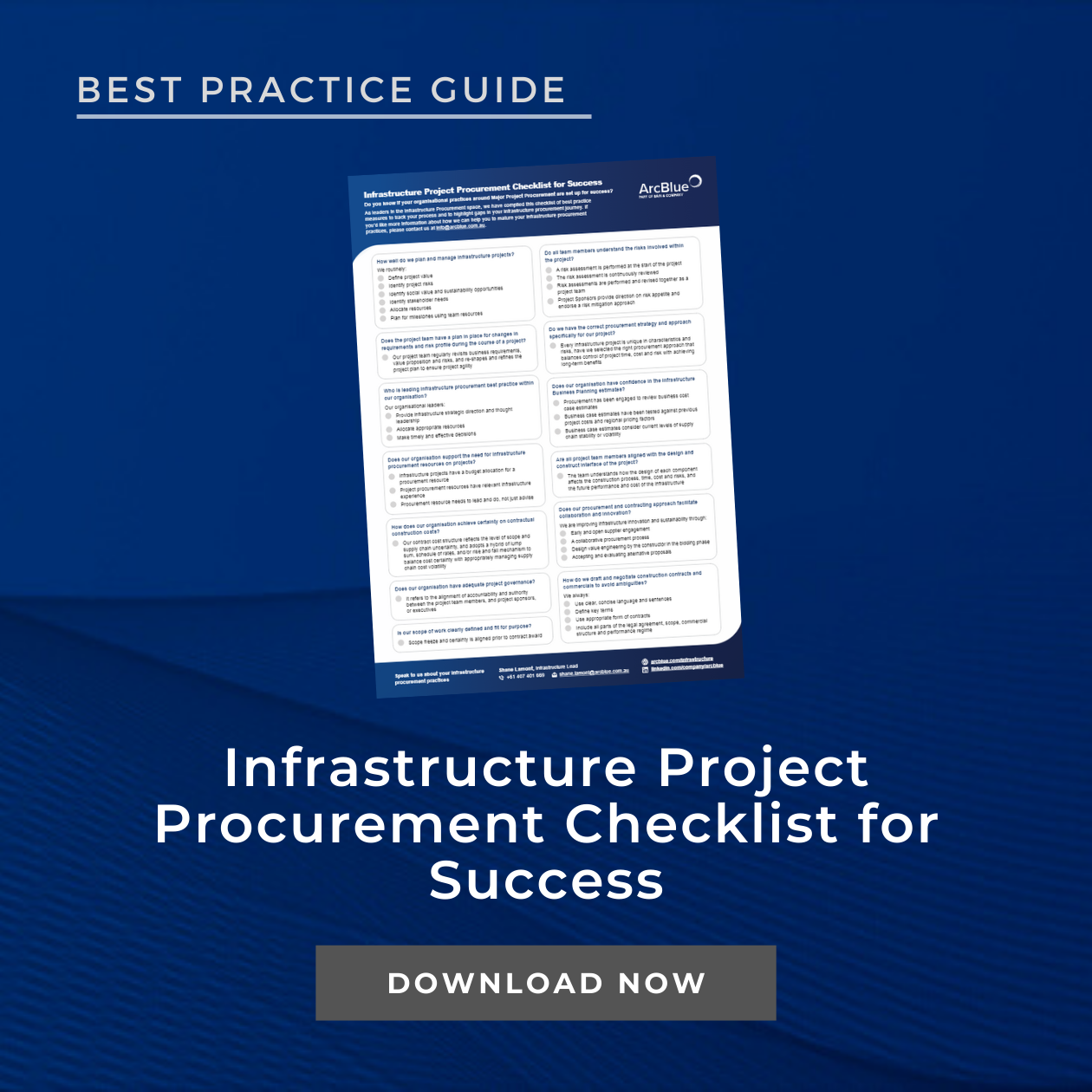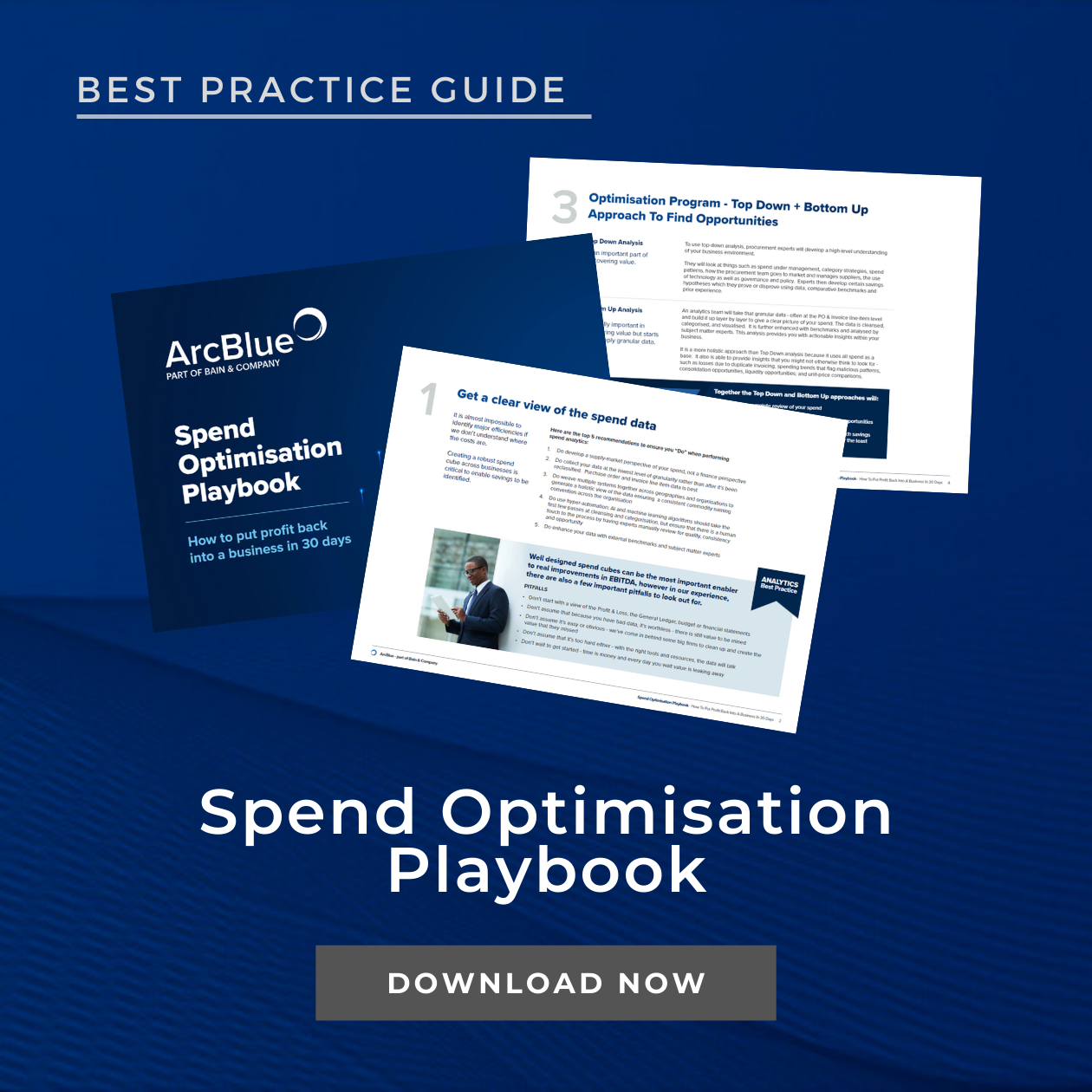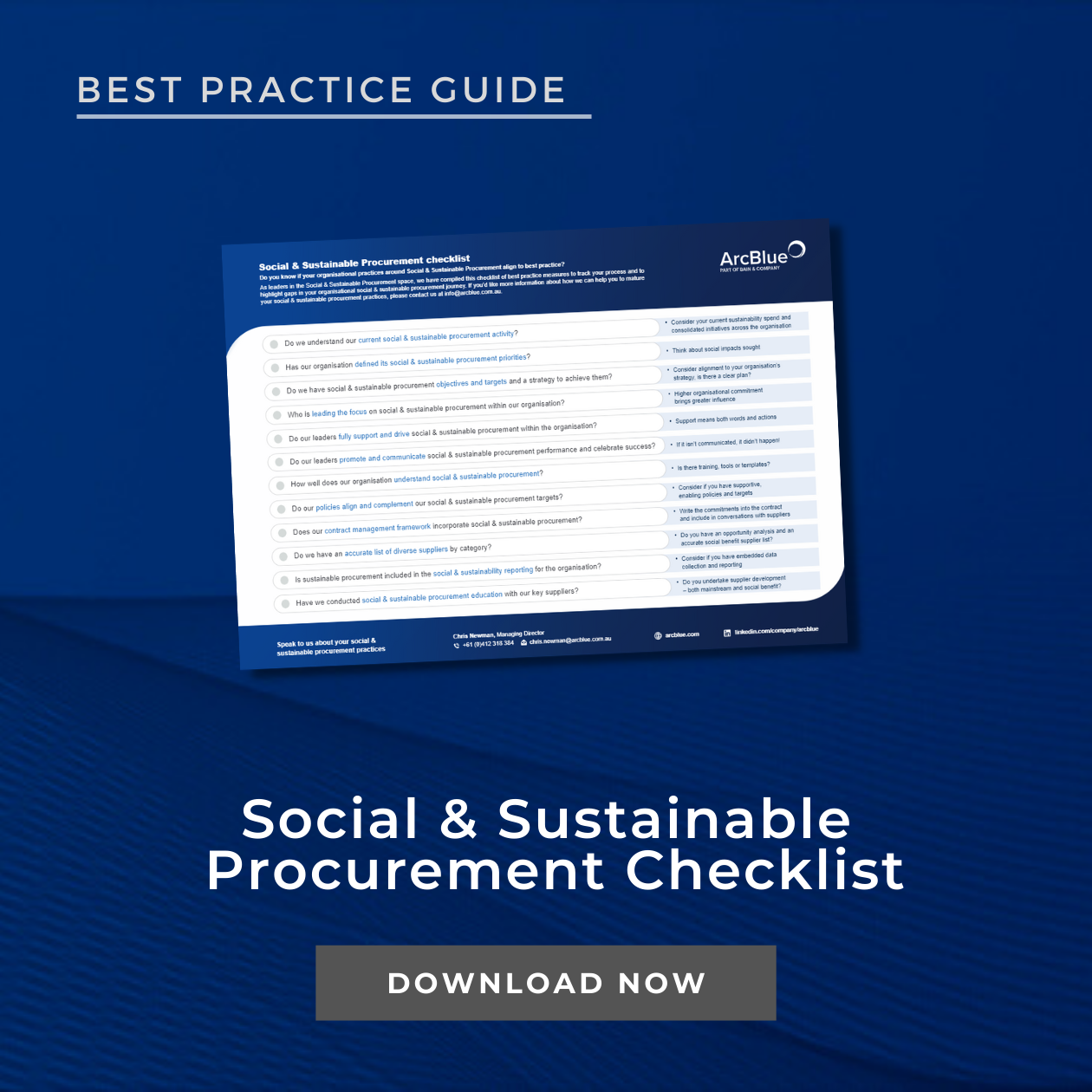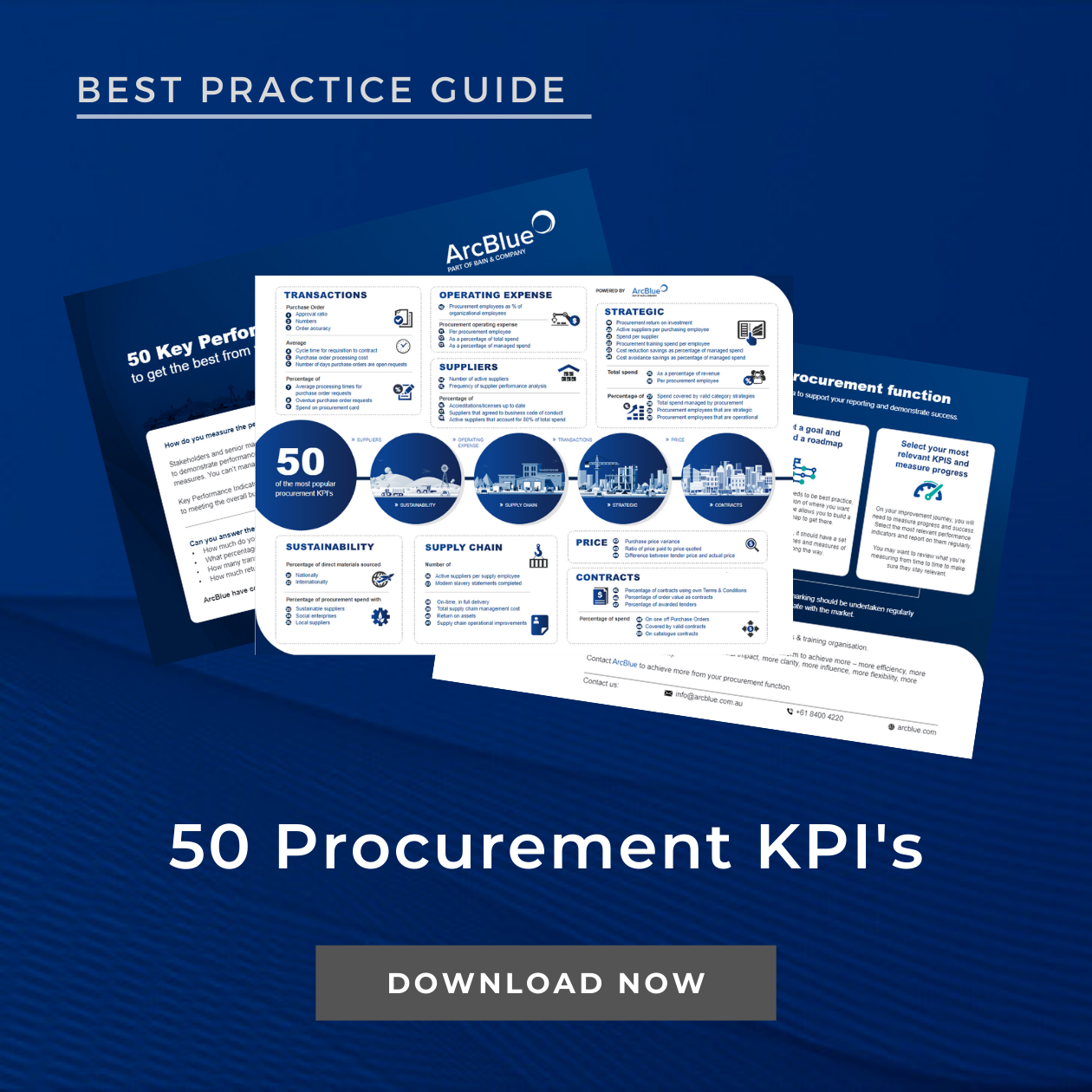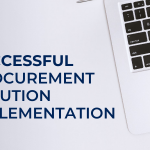- ARTICLE
The Secret to Successful Change Strategies
September 2
Discover how to develop an effective change strategy for your organisation.
If you believe the statistics published over the past few years, somewhere between 60% – 70% of change initiatives fail. We have all experienced these failed programs, and there is no doubt that many organisations and their project teams could do better when it comes to initiating and implementing change.
As a change management professional with a project management background, I am always conscious of the demands and success measures of any software implementation project. Budgets need to be managed, timelines met and benefits delivered, which is why I advocate for what I call a “practical approach” to change management. What does this mean? Simply put, it’s an approach that removes complexity and multiple levels of detail while still remaining squarely focused on the people side of change – supporting them on their journey. Change should happen with stakeholders, not to them. As stakeholders can be anyone who interacts with your organisation, you need to consider not just the staff, but the change impacts on the managers, executive and clients.
Practical success relies on two things:
1. Two-way engagement
Engagement with stakeholders and clients (both internal and external) is a journey. It starts with good planning. Confidence in your change strategy begins by understanding the project and its objectives. Is it a systems change? A business process change? What are the key project milestones? How do you intertwine your deliverables and make sure your change can help guide your project?
Once you have a holistic view of the project, it’s time to identify potential change barriers. What is essential to remember about change barriers, is that they are not always the real issue. They are more commonly the perceived issue. The only way to obtain a realistic view of these barriers is to adopt a two-way engagement process with the people whose job will be affected by the change. This can involve conducting workshops, hosting informal meetings and shadowing them while they do their job and asking questions. Top tips for effective two-way communication and fact-finding are:
- Don’t be too formal. Break up large groups and stimulate conversation by asking people to ‘walk you through’ what they’ve just raised.
- Take the fear and mystery out of change by speaking honestly and without jargon.
- Engage by listening – the most important skill in any change manager’s toolkit.
- Never go to anyone empty-handed – show your audience you have done your research by asking them to validate what you have already learned about their role and the potential effect of the change.
- Question whether you have understood correctly. It’s much harder to obtain feedback “from scratch” than it is to present some initial thoughts and ask for input.
- Never, ever, place boundaries around questions or comments. Encourage people to go with their gut instinct. Your first thought is often the right thought. What do you think when you first see this change?
This type of approach is more likely to achieve the buy-in and engagement you are seeking from your stakeholders than an over-documented, one-to-many communication blast. The outcome of this process will be an accurate impact assessment document, which serves as your guide for addressing what people are concerned about, your checklist for overcoming any business resistance to change, and your action list for steering change in the deliverables and outcomes of the actual project.
2. Information dissemination
Keeping the lines of communication open, and regularly providing updates, positive and constructive, is vital to bringing your stakeholders along on the change journey. A tailored approach – one that recognises there are different messages for different audiences – ensures each key group relates to how the project affects their role. Beware, however, of segmenting your messages too much. It’s important to link all communications back to the overall bigger picture. Operating communications at an individual level, although tempting, is neither productive nor helpful. We want groups affected by the change to recognise how they will play a part in embedding the change in the long term.
The mantra of consistent reinforcement is essential to change management. Where possible, do your research, and then create meaningful (i.e. plain English, engaging and beneficial) messages up front that you will use throughout the life of the entire change. It is all about what you need at a point in time, and then linking that back to your overarching goals. Never forget what it is you are there to achieve in the first place.
Align your consistently reinforced messages with your stakeholders, and match that against the preferred communications channel for each audience, and you have a matrix that will ensure you get the most out of the information you provide.
Finally, prepare your honest answers for the inevitable question of “What’s in it for me?”. Smart individuals will detect a company line a mile away.
Success factors
Measuring the success of change initiatives has traditionally proved challenging. We are looking for signs that change has been embedded, long term. There are the obvious benchmarks in software integration projects such as how well the users have adapted to the new tools and processes. However, I find the three measures below to be the most effective when looking to capture and report how well change has been embedded within a team or organisation:
1. Customer service surveys
Conducting anonymous surveys – usually before and after the change – provides honest feedback from stakeholders and users (both internal and external to the organisation if relevant) around the effect and success of the implementation. Try using questions that require answers using a Likert scale, or ratings, to be able to continue to benchmark in the future against previous results.
2. Benefits realisation
All project plans should include a proposed benefits realisation schedule. This schedule needs to link clearly to the objectives of the initiative, to be measurable, and then tracked and reported at key stages of the project. For instance, if you are introducing new software to streamline procurement and contract management processes, such as Open Windows, a key benefit identified might be a 25 per cent reduction in processing time and costs. If the system or process is being used the way it was designed to, and the benefits can be proved, then it is fair to say that the proposed change has been successfully embedded.
3. Issues resolution
I find this a particularly effective indicator of the success of change, particularly in software implementation projects. Set aside a period of time – maybe the first six months to a year – to review and analyse the types of software “user” issues that are being logged. Overtime, you are looking to see a reduction in the repetition of user issues. If an issue arises – which it quite often will with the introduction of new tools or processes – that is okay. But over time, you want to see a decrease in the repetition of that issue. This will indicate that the change management component of the project has been successful, and that your stakeholders are adopting the change successfully.
In summary, success is not determined by the absence of noise. If no one is talking about your change, they are oblivious to it. By taking a practical approach to change, and integrating it into (as opposed to adding it onto) your project, decreasing the complexity of documentation and treating all your stakeholders with a client/customer mentality, you are giving your project the highest chance of success.
Related Services
INSIGHTS
RESOURCES & DOWNLOADS








